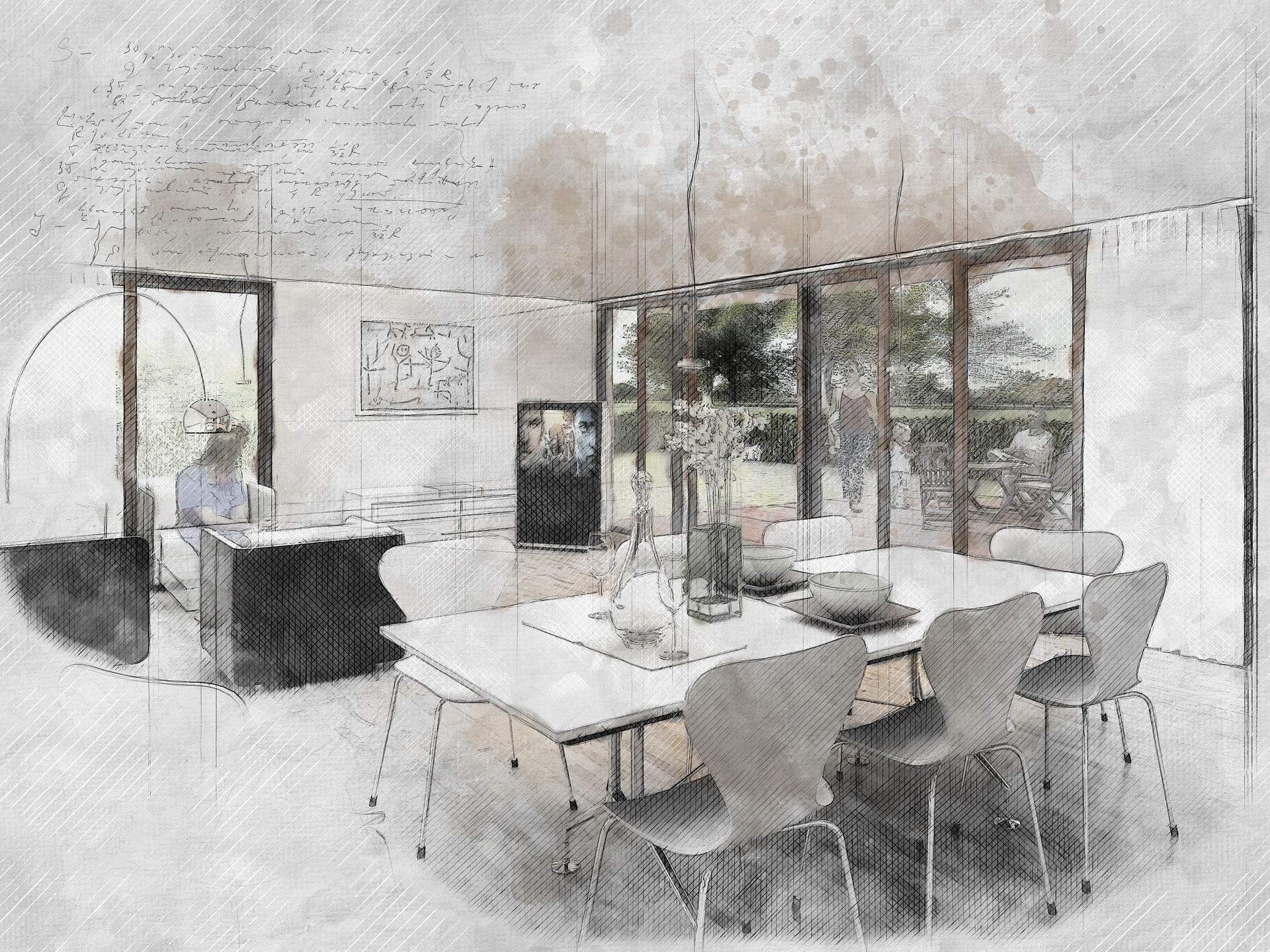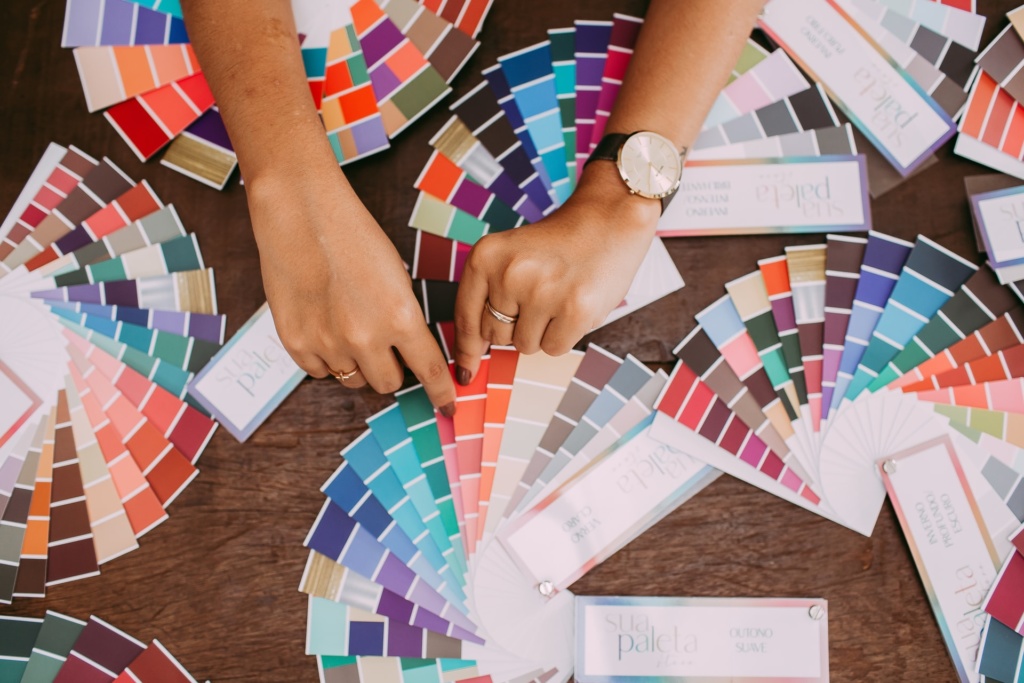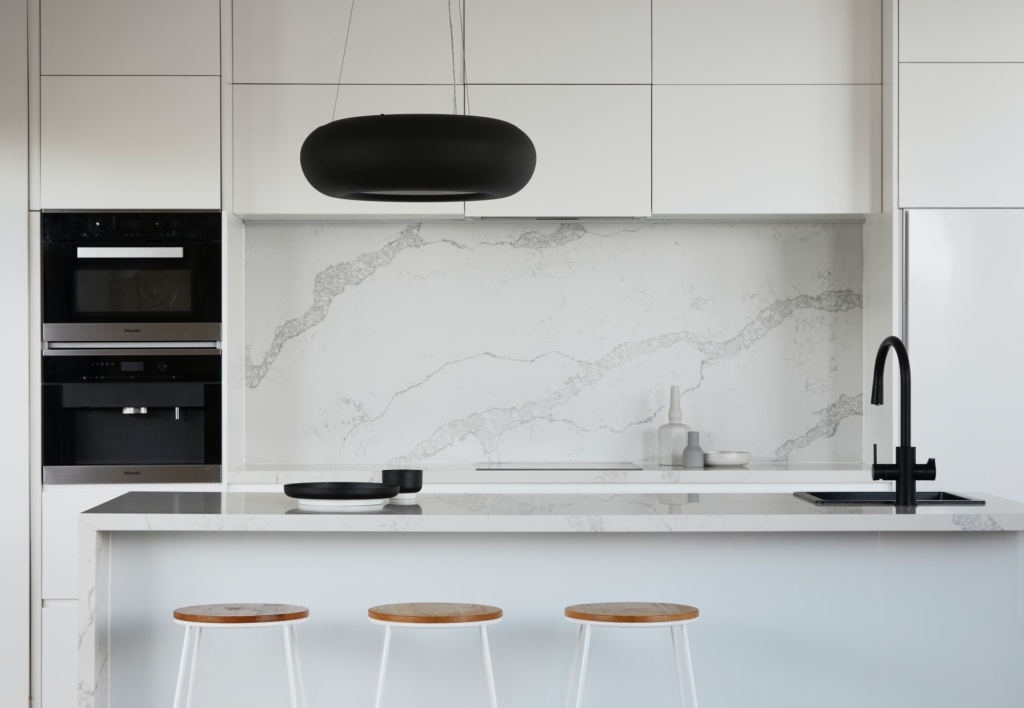When designing a new space or remodeling a portion of your home, it can be exciting to have the opportunity to change things up. Finding the perfect design for you and your family is fun and allows you to express yourself creatively and visually. However, knowing how to achieve the ideal design you were inspired by on HGTV can feel a bit overwhelming. We’re here to tell you that it’s not; all it takes is a bit of research to achieve.
Transitional design is a fantastic option. So let’s dive into what it is and the elements you need to perfect this classic style.
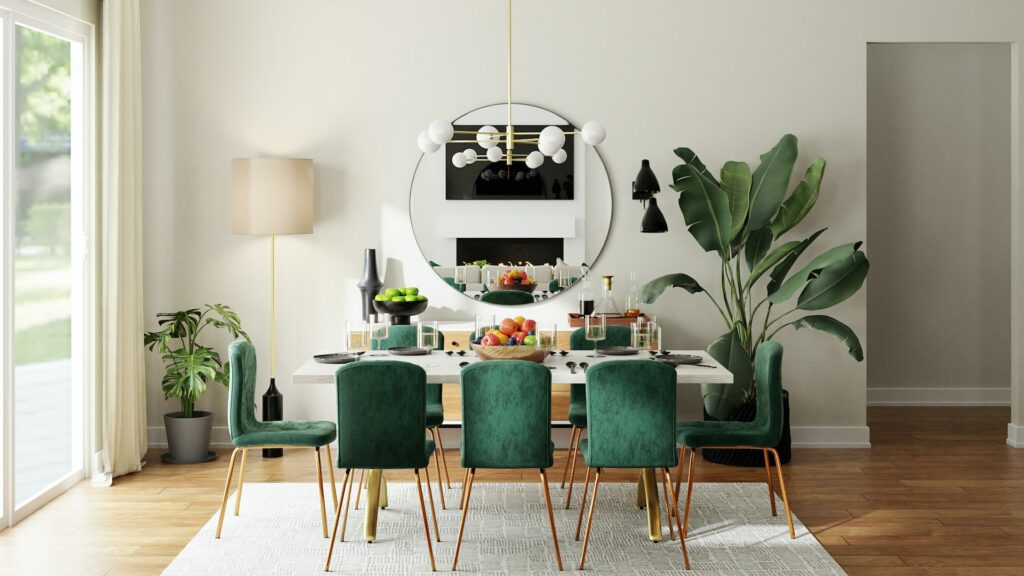 What is Transitional Style?
What is Transitional Style?
The transitional style perfectly balances modern and traditional architectural design without leaning too far in either direction. It’s often described as classic with a modern take and refined yet casual. Transitional design became popular in the 1950s when the modern era first began Those who liked the traditional style but wanted to incorporate more modern elements loved this new trend, and it’s been a popular choice ever since. This style is always changing and incorporating newer trends, yet holds onto those classic and traditional elements. Because of its ever-evolving nature, transitional design feels timeless and fresh simultaneously.
There is a lot of blending in this style, leaving some of the interpretation up to the individual. Unlike other architectural styles, transitional gives you more wiggle room with the elements you choose. Find your favorite balance between the antique furniture, patterned wallpaper, and dramatic drapery of traditional design, counter-balanced with the straight lines, minimalism, and open floor plan of modern.
The Key Elements of Transitional Design
There is, of course, a “standard look” for a transitional style home, but keep in mind transitional is more about finding the perfect balance for your own personal taste and less about sticking to all the rules.
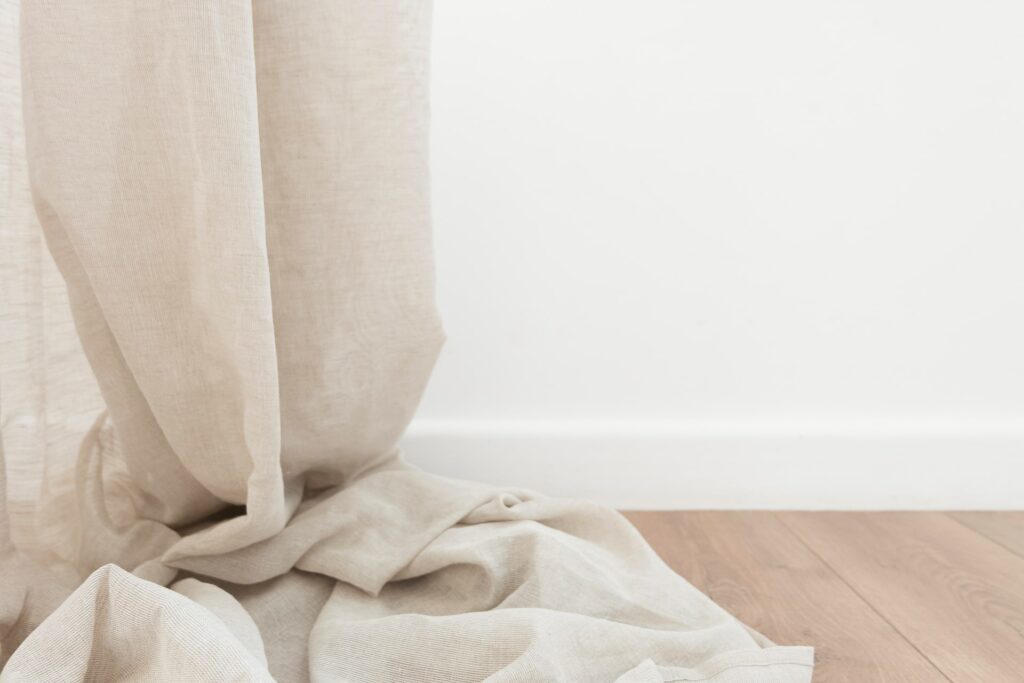 Neutral Color Pallet
Neutral Color Pallet
When considering the colors you want to feature in your space, a neutral color pallet is a way to go with a transitional style. Avoid bright reds or blues. Instead, soft beige, brown, white, and taupe are the color palette you’ll want to select.
Mixing Old and New Materials
A lovely balance of older furnishings and modern pieces are combined in a transitional space. You’ll often find antique furniture accompanied by simple and minimalistic decor. Find items that resonate with you, and maybe even find a spot for a family heirloom.
Singular Focal Point
Choosing a centerpiece as the focal point of the room helps keep everything simple and clean. This is where the more modern aspect of transitional design comes through. Elements such as a fireplace, chandelier, or coffee table can be perfect for a room’s focal point.
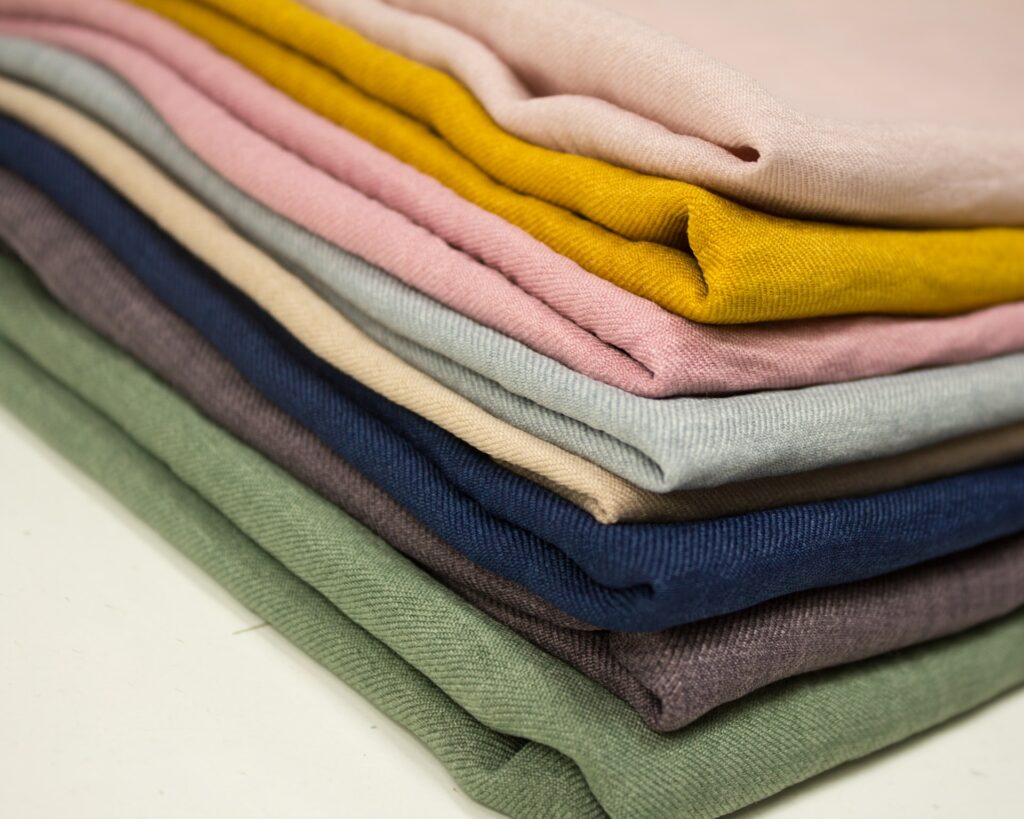 Accent Colors and Patterns
Accent Colors and Patterns
While the overall color palette should remain neutral, a pop of color or a pattern within the design is welcomed in transitional styles. Fabrics are an excellent way to incorporate these elements, and you’ll often see suede, corduroy, and chenille featured.
We have other guides on multiple design styles that you may also consider as you refine your personal taste. For example, there’s one for modern design, farmhouse aesthetic, and traditional style.


